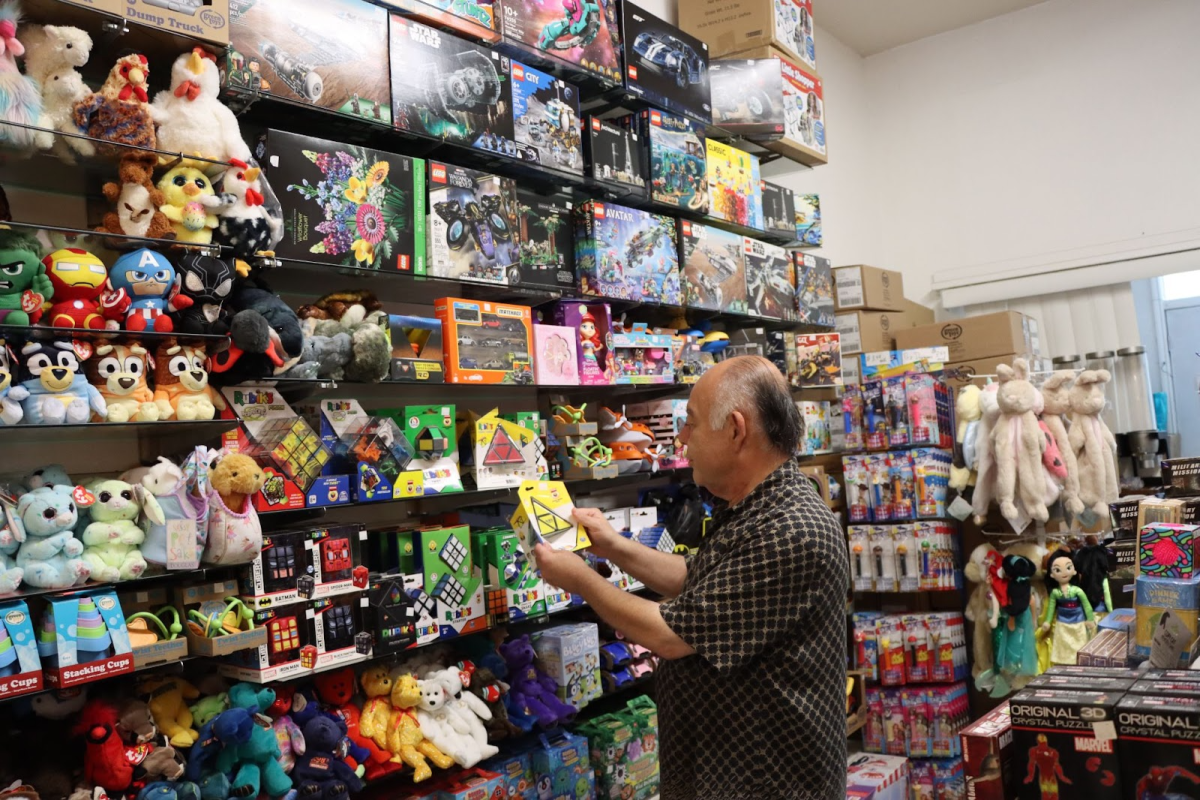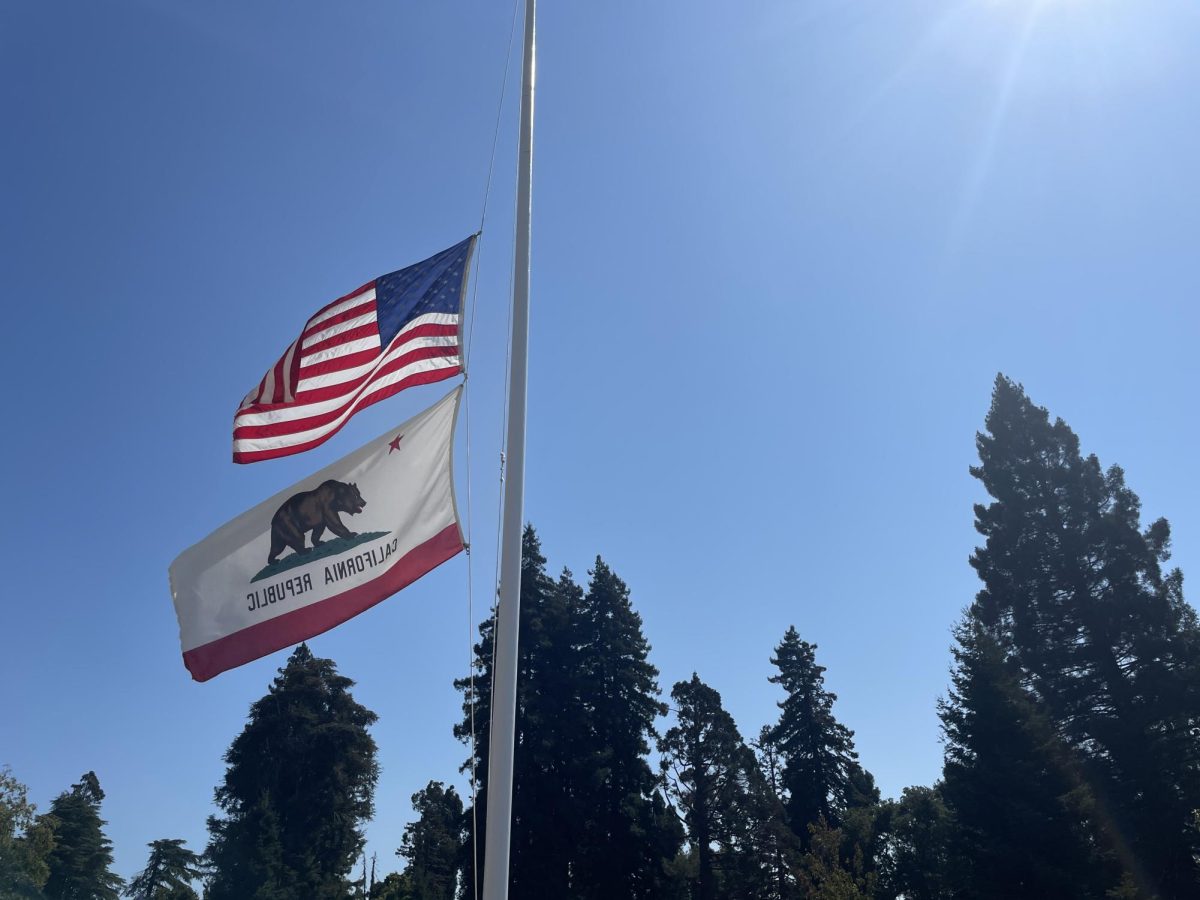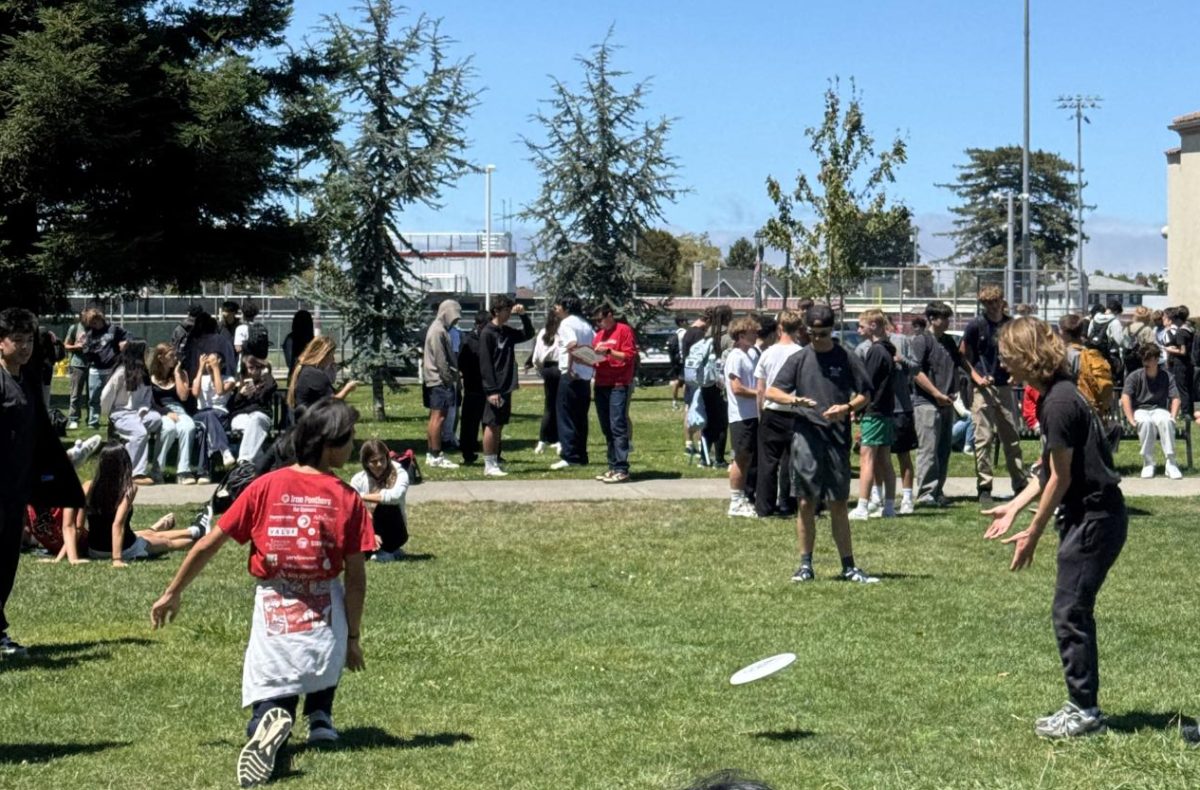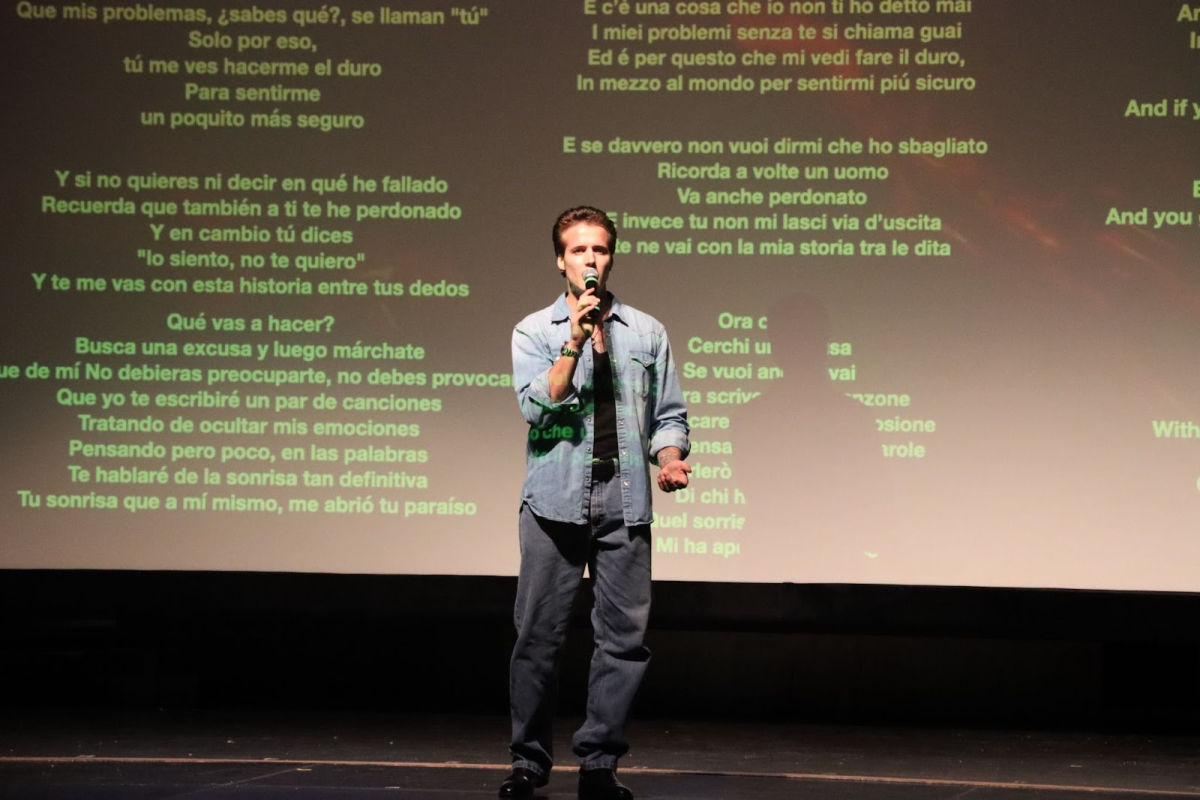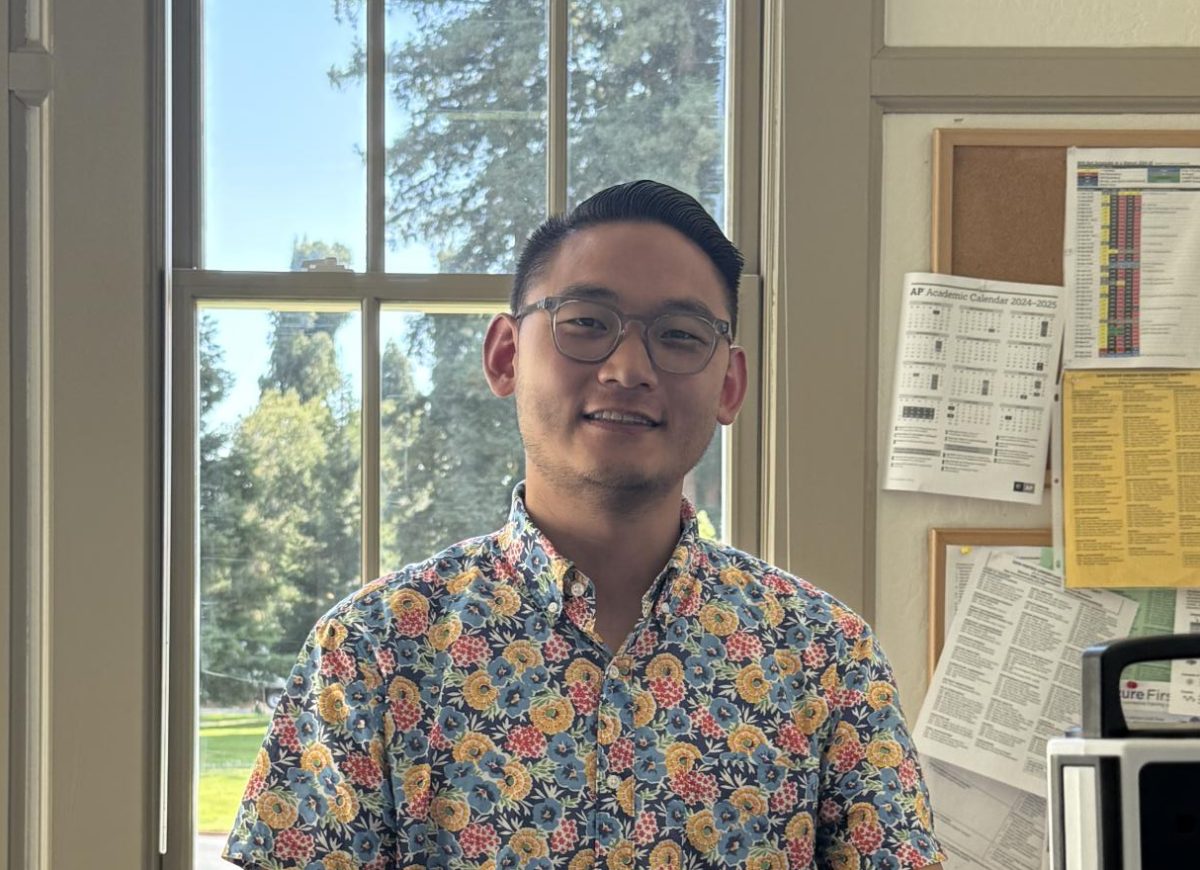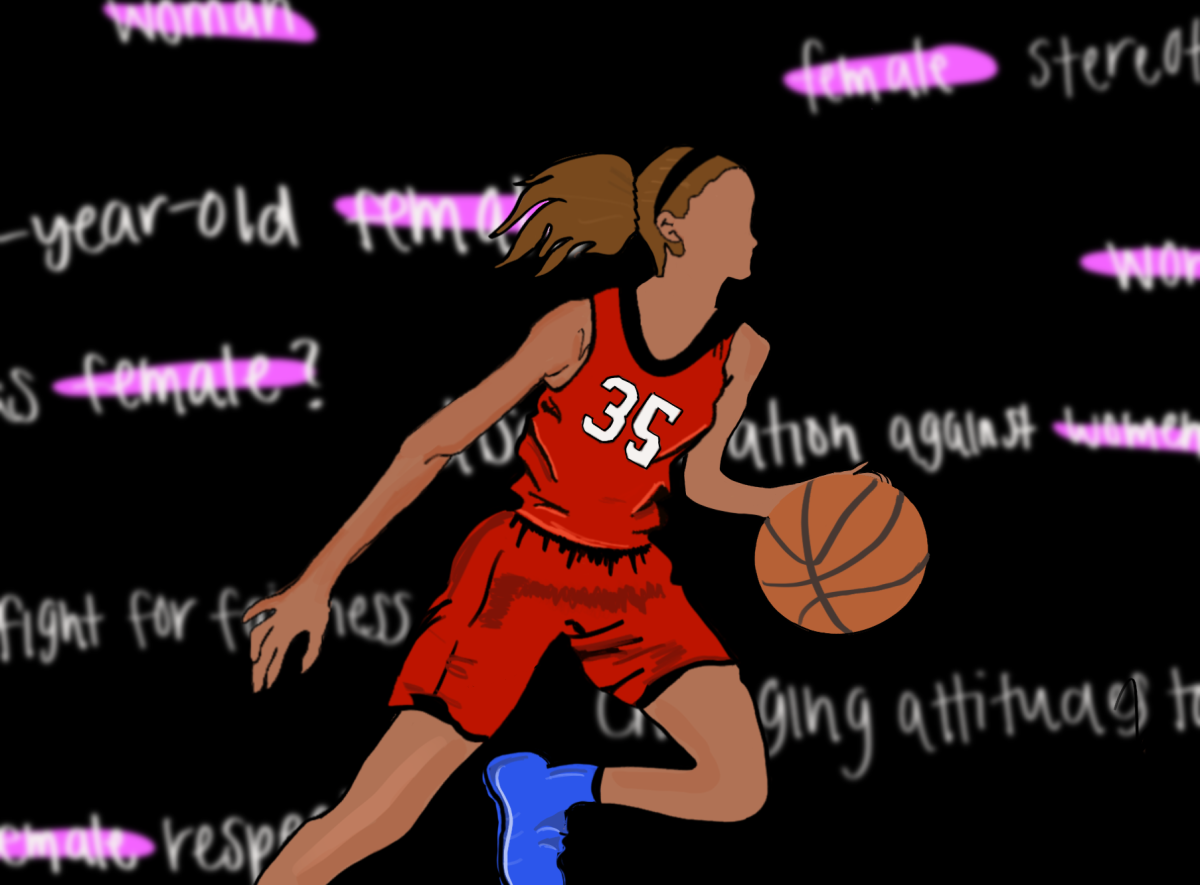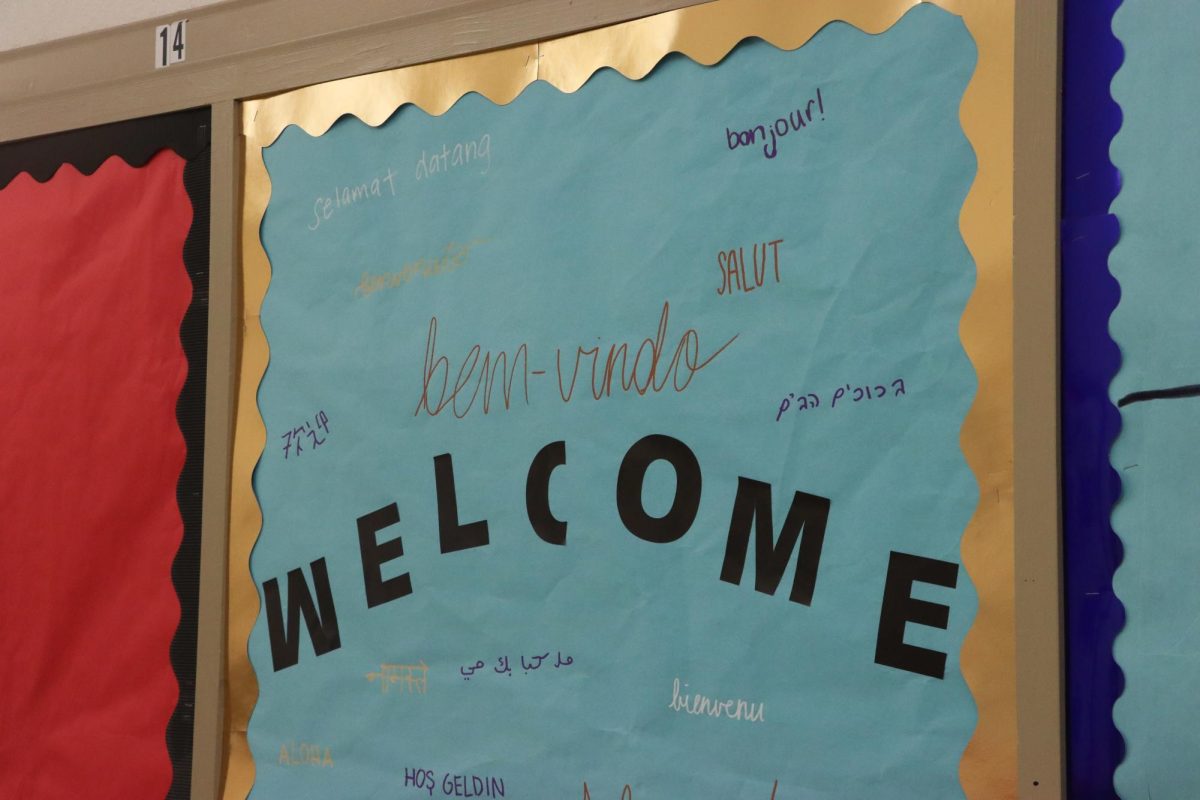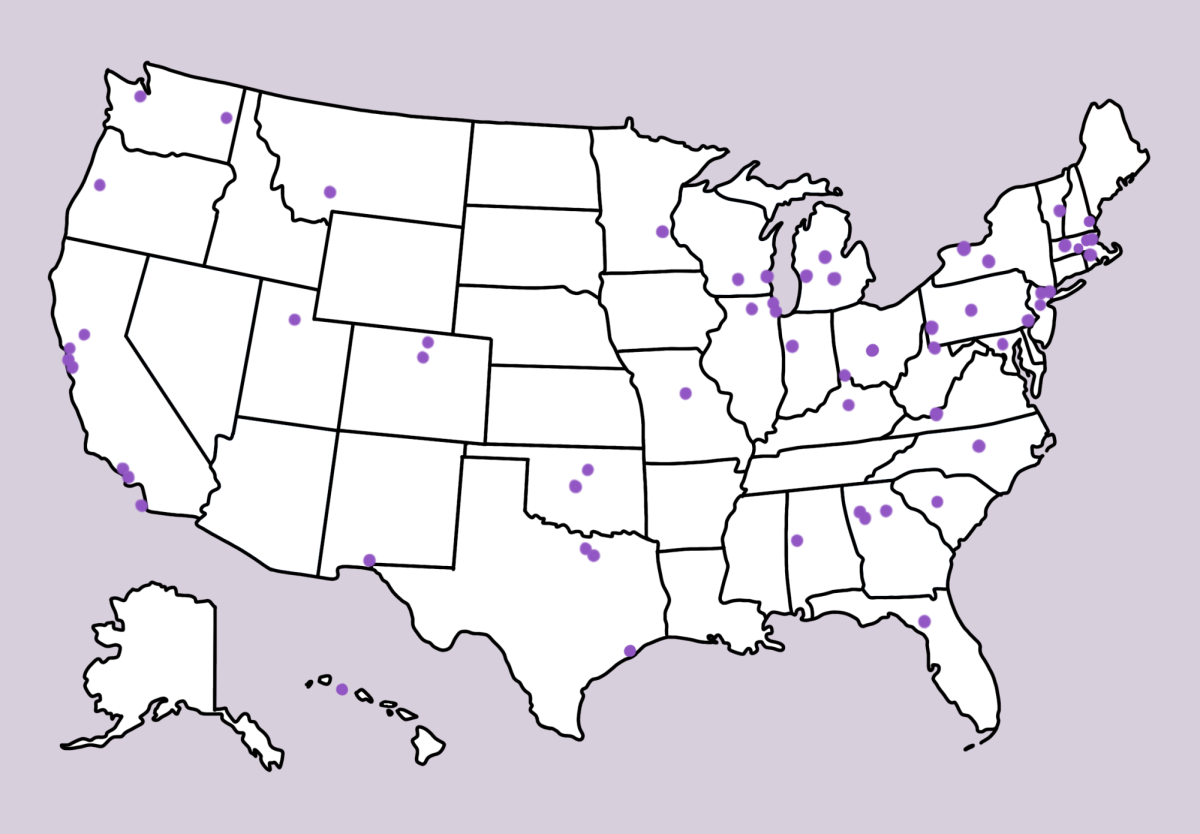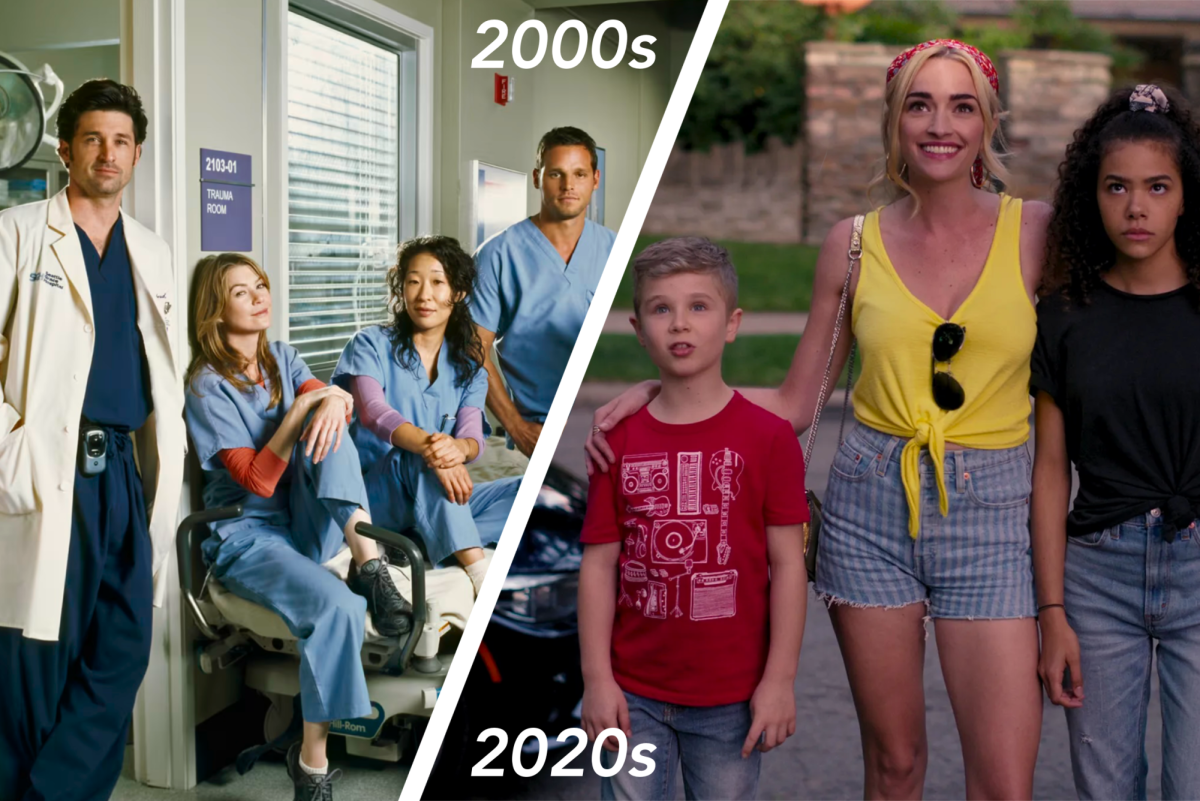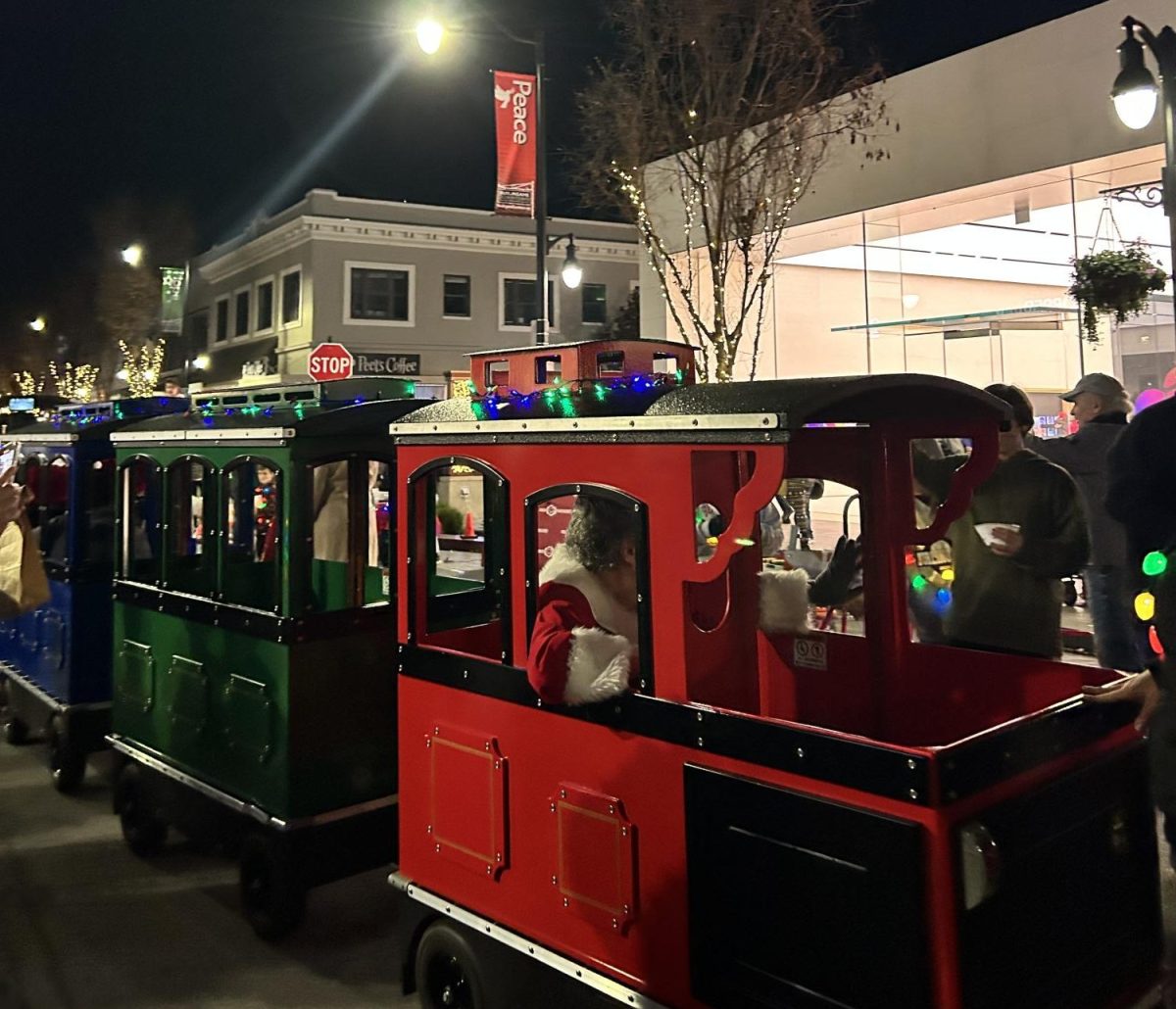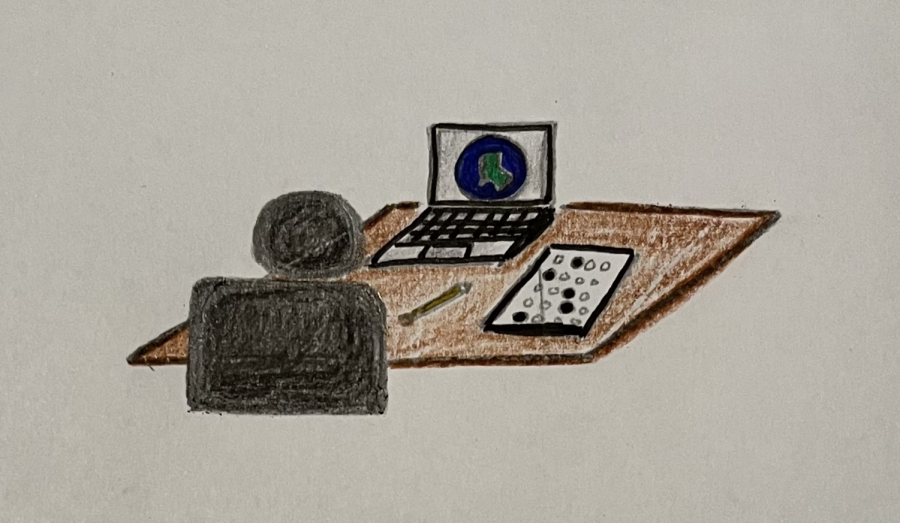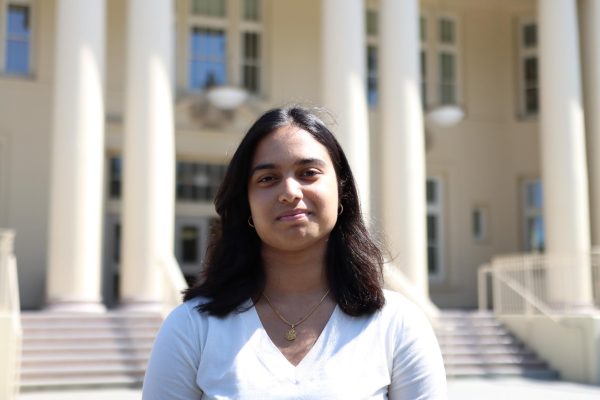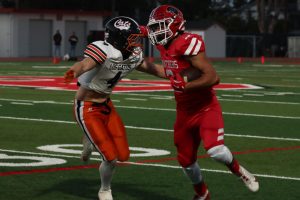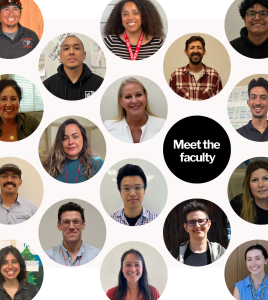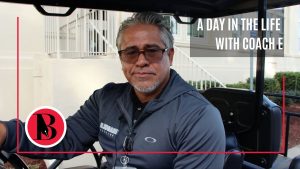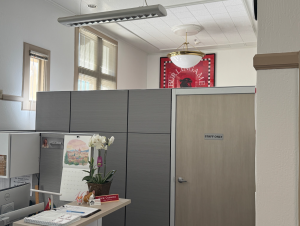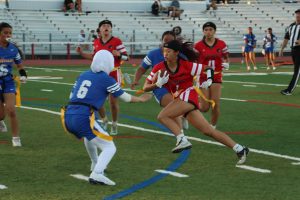CAASPP testing returns after two years
Burlingame juniors and seniors will partake in CAASPP testing this year.
March 20, 2022
The California Assessment of Student Progress and Performance (CAASPP) testing returned at Burlingame on March 15, after being canceled the past two school years due to COVID-19 and distance learning.
CAASPP is an annually-held state test that tracks the progress of students over time and compares students with others across the state in the same grade level. This form of assessment, known as longitudinal testing, is given to students in third, fifth, eighth and 11th grade. Overall, this testing period compares school results to the state standards.
“They’re based on standards — state language arts standards and state math standards — and then we measure to what extent our students are meeting these standards,” assistant principal Joshua Knudson said.
Previously known as the Standardized Testing and Reporting (STAR) tests, students have taken CAASPP tests for over 20 years at Burlingame, with the exception of the 2019-20 and 2020-21 school years due to the pandemic.
“They are standardized, or performance state-based tests, that have been around for a very very long time, and we’ve been doing them every year… except during Covid,” Knudson said.
While juniors are taking the CAASPP tests, the seniors are taking the California Science Test (CAST), which is still a part of CAASPP. This test is relatively new, and it measures the new-generation science standards. Senior Katherine Hsia expressed her indifference to the return of state testing.
“I mean we’ve all kind of done it growing up, so it’s not something completely new to me,” Hsia said.
Along with measuring the progress and performance of Burlingame students, CAASPP and CAST will also ascertain where students’ understanding in specific subjects lie. Many feel this is especially helpful considering a year of online school without these assessments.
“I think CAST testing would be a good way to help the school kind of gauge where we are, especially where students are with their science understanding,” Hsia said.



